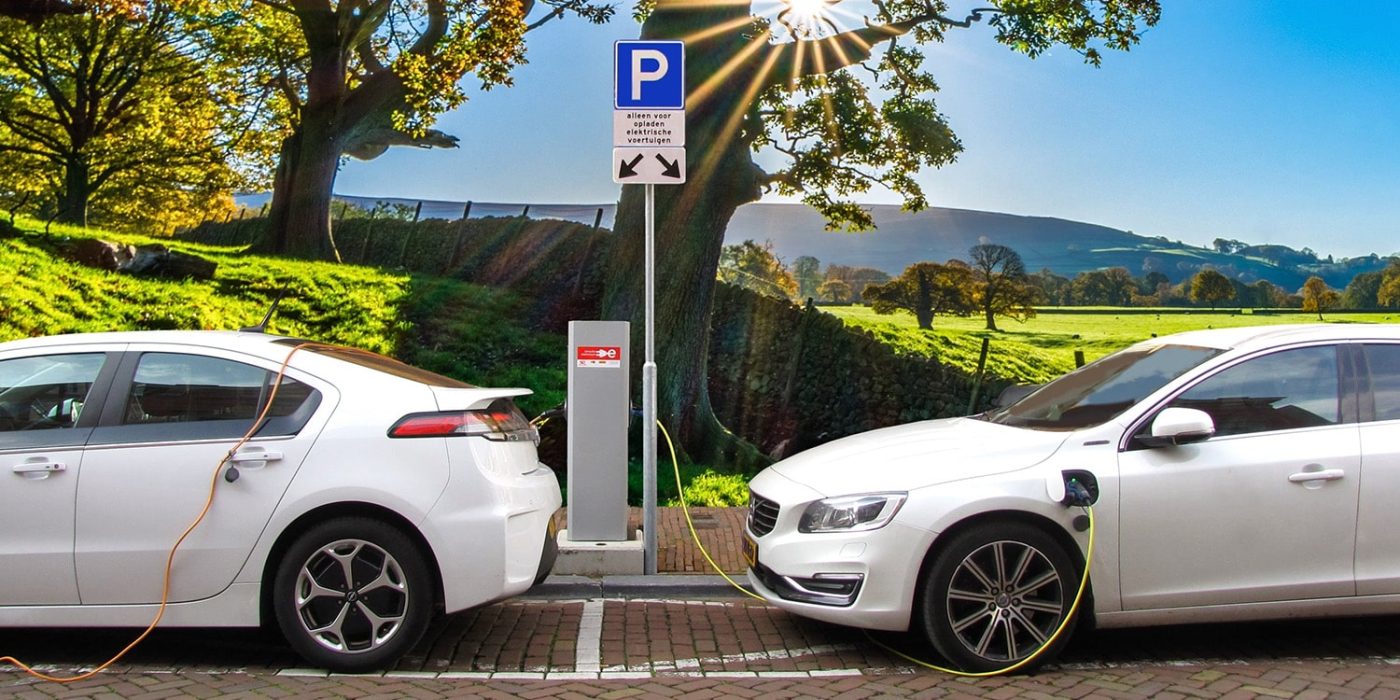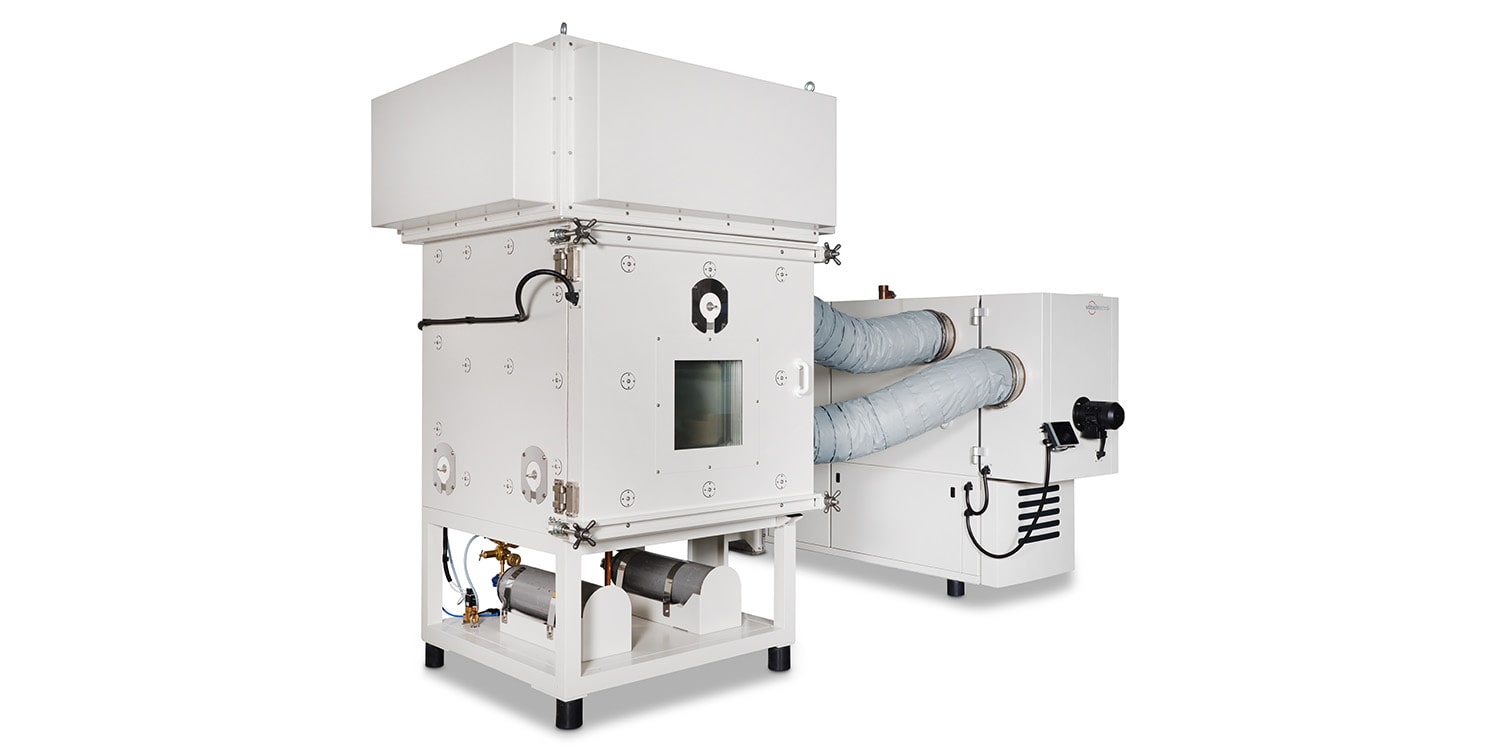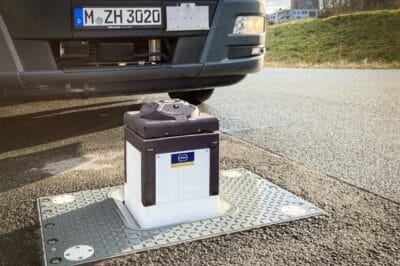KEMA Labs: New Tests for Improved EVs Affordability
EVs sector is growing fast and there are many ongoing initiatives focus on various areas such as developing vehicles with efficient, lightweight batteries capable of exchanging energy with electrical grids; establishing a widespread charging infrastructure with easy access (smart cards) and fast charging times; and enhancing the safety of critical vehicle modules, particularly those vulnerable to electrical and fire risks, among which batteries are usually taken as examples.
However, EVs involve more than just batteries as new components are being introduced. These new components require testing capabilities that differ from both manufacturer and traditional testing laboratories due to independent verification needs and specific technical requirements.
For this reason, KEMA Labs – a Division of CESI Group – in Berlin (Germany) launched a new project addressing fundamental technical requirements for DC components of EVs. In fact, automotive applications require test benches that accurately simulate circuits with very low inductance (sometimes equal to or less than 10 μH), while traditional Kema Labs’ existing DC test benches have higher circuit inductance, which would overload the interrupting capacity of tested devices. OEM manufacturers initially started using their own laboratories, but with lower ratings in terms of voltage and current (below 800 VDC and 20 kA) due to the complexity of dealing with high power. In the meantime, industrial solutions for EVs have been developed to scale up to 1500 VDC and short currents of 30-35 kA and this resulted in a lack of available test benches meeting the requirements of EVs components. Thus, the construction of a new test bench with new characteristics was initiated, leveraging existing experiences while also providing unique testing opportunities.
The project’s innovative content includes a new system comprising 14 control cabinets with bidirectional DC power supply for charging and discharging a capacitor bank up to 1500 VDC. The capacitor bank has a capacity of 2 F, providing the necessary energy for testing. The resulting impulse generator incorporates resistors and safety systems to set the current reliably up to 35 kA. What sets this system apart is its ability to deliver a high, nearly constant current (up to 35 kA) at a voltage of up to 1500 VDC for several milliseconds with an inductance below 10 µH and up to 20 µH. The test object can be placed in an explosion-proof climatic chamber, enabling testing under extreme environmental conditions (-50°C to 150°C). The capability to perform destructive tests on switching devices under temperature conditions is unparalleled. With this new test system, the full current can be switched on and off multiple times without fully discharging the capacitor bank. If the test object fails the circuit absorbs the entire energy of the capacitor bank without risks.
To find out more about these CESI services, visit:
www.cesi.it/our-expertise/industries/energy/storage-e-mobility/e-mobility-infrastructures/
This is a sponsored article and the client is responsible for the content. If you’d like to inquire about similar opportunities, please get in touch via advertise@electrive.com.






0 Comments